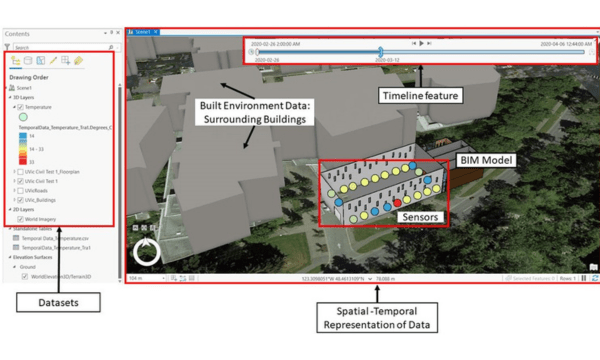Our biodiversity surveys have wrapped up for the 2023 season. In our assessment of indicators of livability for an aging population in Montreal we’re looking to understand biodiversity through two lenses. Urban green space (and the biodiversity it houses) are crucial places for seniors to gather, socialize, relax, recreate, and improve wellbeing. The green spaces on and surrounding retirement communities provide amenities, accessible spaces suitable for a variety of outdoor activities (walking, relaxing, socializing) and promote a sense of place and connection with nature- what we refer to as biodiversity for people.
For example, incorporating gardening space (raised beds, community plots) into green space is known to support physical and mental health. Green spaces also support many other forms of diversity (birds, insects, mammals etc.) all of which contribute to ecosystem functioning through the provision of suitable habitats- what we call biodiversity for nature. Both lenses contribute to more live able, enjoyable and quality spaces for seniors, and we’ve seen some innovative design approaches to support both people and nature within limited urban green space.
For example, one site has incorporated an elevated “mound” of free-growing habitat along a walking path at the back of the establishment. The mound includes shrubs, grasses, flowering plants and newly planted trees and encourages spontaneous growth. The mound acts two-fold by 1) providing privacy for ground-floor residents from residents using the walking path while 2) supporting biodiversity through a diversified habitat that is uncommon in curated commercial landscapes. This green feature is a great example of design for people and nature. If misplaced, a free growing habitat like this could be inaccessible and unusable for many senior residents. However, by placing the mound between two uniquely used areas, we can maximize benefits for both. More results to come!
To learn more about the research site led by Concordia University in Montreal, click here.



